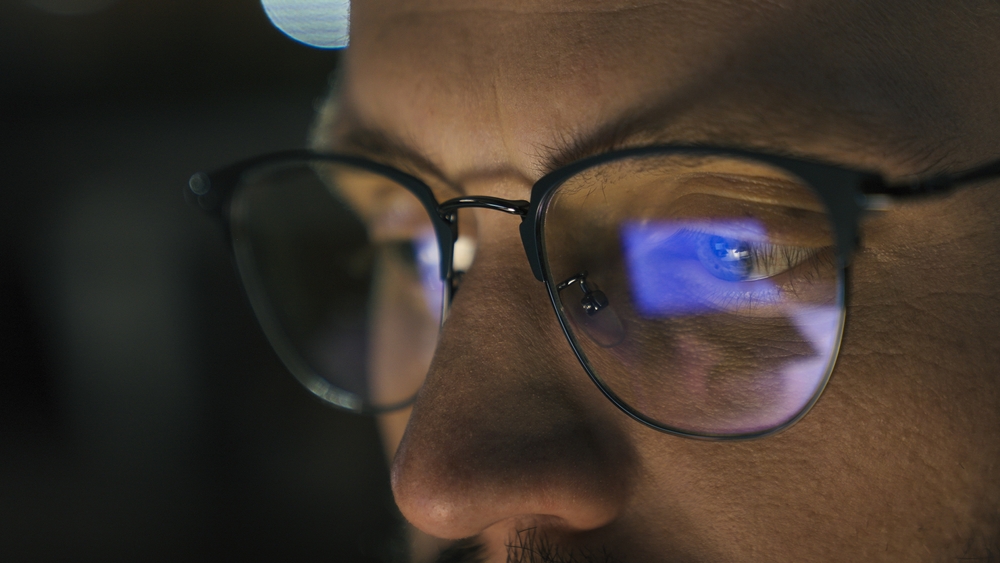Blue Light Blocking Glasses: Do They Really Protect Your Eyes?

Blue Light Blocking Glasses: Do They Really Protect Your Eyes?
In today’s digital world, most of us spend hours each day staring at screens. This increased screen time has led to a rise in digital eye strain, often referred to as Computer Vision Syndrome (CVS). But can blue light blocking glasses really make a difference in protecting your eyes? Let’s break down the science and explore some healthy habits to help safeguard your vision.
Understanding Computer Vision Syndrome
Computer Vision Syndrome, also known as digital eye strain, describes a group of eye and vision problems that can develop after prolonged screen use. When you spend extended periods looking at digital devices, you may start to notice symptoms such as eye fatigue or discomfort, dry or watery eyes, blurred vision, headaches, and even neck and shoulder pain.
These symptoms occur because our eyes have to work harder when viewing screens compared to reading print. Contributing factors include poor lighting, glare on the screen, improper viewing distances, and not taking regular breaks. As our reliance on digital devices continues to grow, more people are experiencing the effects of Computer Vision Syndrome and are searching for effective ways to protect their eyes.
What Are Blue Light Blocking Glasses?
Blue light blocking glasses are specially designed eyewear that filters out a portion of the high-energy blue light emitted from digital screens. Blue light is a part of the visible light spectrum, but its shorter wavelength and higher energy are believed to contribute to digital eye strain and may even disrupt sleep patterns.
How Do Blue Light Blocking Glasses Protect Your Eyes?
These glasses use lenses treated with a special coating that reflects or absorbs some of the blue light before it reaches your eyes. While blue light exposure from screens is much lower than the amount from natural sunlight, the proximity of screens and the duration of exposure may make a difference for some individuals.
Research on the effectiveness of blue light blocking glasses is ongoing. Some studies suggest they may reduce discomfort associated with extended screen time, though more evidence is needed to confirm they prevent long-term eye damage. However, many people report feeling less eye fatigue and fewer headaches when using them, especially during long workdays.
Healthy Habits to Protect Your Eyes During Screen Time
While blue light blocking glasses may help, adopting healthy screen habits is essential for long-term eye comfort and health. Consider these tips:
Follow the 20-20-20 Rule: Every 20 minutes, look at something 20 feet away for at least 20 seconds to give your eyes a break.
Adjust Your Workspace: Position your screen about an arm’s length away and slightly below eye level. Reduce glare by adjusting lighting and using screen filters if needed.
Take Frequent Breaks: Step away from your screen every hour to stretch and move around.
Schedule Regular Eye Exams: Routine eye check-ups at Texas State Optical Riverstone can help catch vision problems early and keep your eyes healthy.
Take the Next Step Toward Healthy Vision
Blue light blocking glasses may offer relief from digital eye strain, particularly for those who spend extended hours in front of screens. While they are not a cure-all, combining these glasses with smart screen habits can help protect your eyes from the discomfort associated with modern technology.
If you’re experiencing symptoms of computer vision syndrome or want to learn more about blue light protection, schedule a comprehensive eye exam at Texas State Optical Riverstone. Contact our office in Sugar Land, Texas, by calling (346) 449-7200 to book an appointment today.


